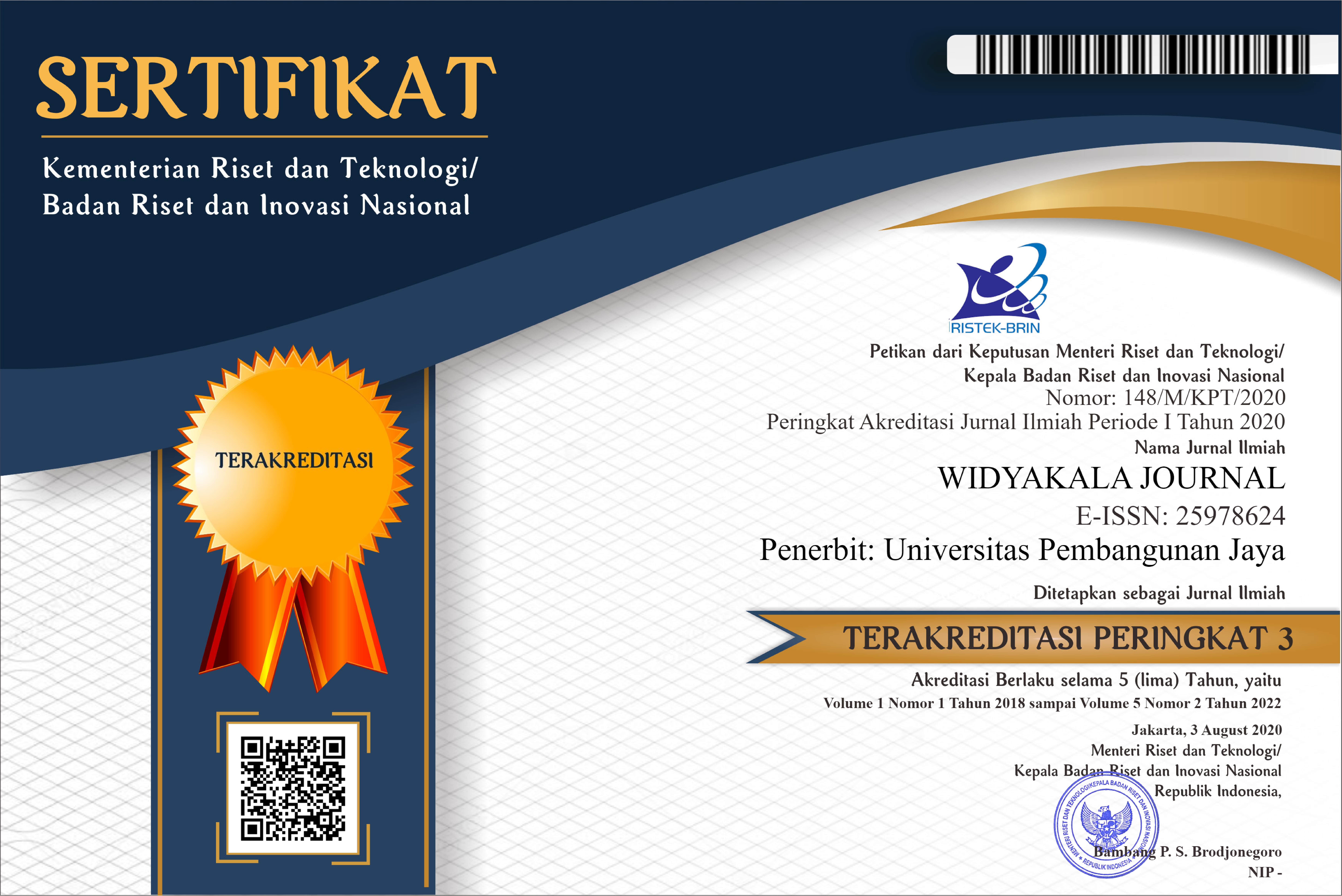Updated, December 20th, 2023
Comparative Analysis of Musculoskeletal Disorder Between Female and Male Mechanical Pickers in Gambung Tea Plantation, West Java
Abstract
Keywords
Full Text:
PDFReferences
Davis, K. G., & Kotowski, S. E. (2007). Understanding the ergonomic risk for musculoskeletal disorders in the United States Agricultural Sector. American Journal of Industrial Medicine, 50(7), 501–511. https://doi.org/10.1002/ajim.20479
Dihingia, P. C., & Dewangan, K. N. (2012). Musculoskeletal symptoms among tea pluckers in India. Occupational Ergonomics, 10(3), 69–81. https://doi.org/10.3233/OER-2012-0193
Simarmata, A. H., Sita, K., Herwanto, T., & Thoriq, A. (2020). Analisis Antropometri dan Biomekanik Penggunaan Mesin Pemetik Daun Teh Tipe GT 120 Ochiai. Jurnal Tanaman Industri Dan Penyegar, 7(3), 149. https://doi.org/10.21082/jtidp.v7n3.2020.p149-162
Sita, K. (2019). Gender dan Mekanisasi: Pengalaman Pekerja Perempuan Berpartisipasi dalam Kelompok Petik Mesin di Perkebunan Teh Gambung, Jawa Barat. Umbara, 4(2), 76. https://doi.org/10.24198/umbara.v4i2.20461
Sita, K., & Herawati, E. (2017). Gender Relation in Tea Plucking Workers: A Case Study of Gender Division of Labour and Gender Relation in Gambung Tea Plantation, West Java. Sodality: Jurnal Sosiologi Pedesaan, 5(1). https://doi.org/10.22500/sodality.v5i1.16266
Sugiyono. (2016). Metode Penelitian Kuantitatif, Kualitatif, dan R&D. Alfabeta.
Tarwaka, Bakri, S. H. A., & Sudiajeng, L. (2004). Ergonomi untuk Keselamatan, Kesehatan Kerja dan Produktivitas. UNIBA PRESS. http://shadibakri.uniba.ac.id/wp-content/uploads/2016/03/Buku-Ergonomi.pdf
Yudiyanta, Khoirunnisa, N., & Novitasari, R. W. (2015). Assessment Nyeri. Cermin Dunia Kedokteran, 42(3), 214–234. https://doi.org/10.55175/CDK.V42I3.1034
DOI: https://doi.org/10.36262/widyakala.v9i2.570
Refbacks
- There are currently no refbacks.
Copyright (c) 2022 WIDYAKALA: JOURNAL OF PEMBANGUNAN JAYA UNIVERSITY

This work is licensed under a Creative Commons Attribution-ShareAlike 4.0 International License.
Redaksi Jurnal Widyakala
Lembaga Penelitian dan Pengabdian Kepada Masyarakat (LP2M)
Universitas Pembangunan Jaya
Jalan Cendrawasih Raya Blok B7/P, Sawah Baru, Ciputat, 15413
Telp : 021-7455555 ext 1311
widyakala.journal@upj.ac.id


















